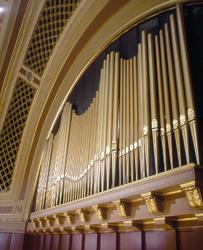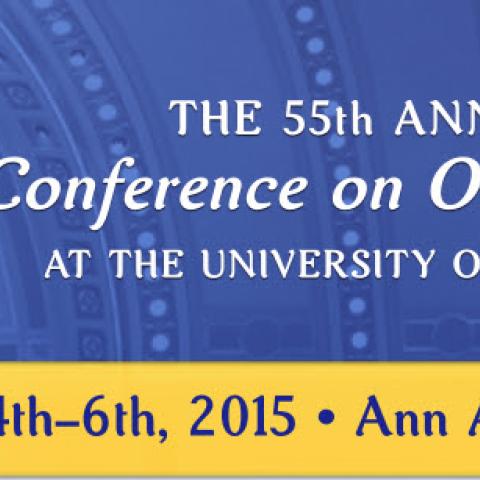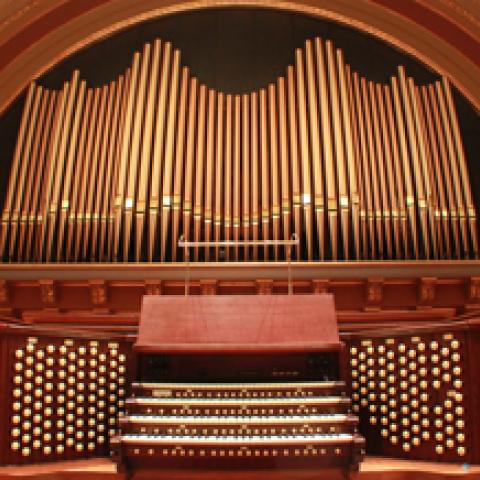
The University of Michigan’s 57th Annual Organ Conference, “The Music of Louis Vierne,” will take place September 30–October 3 in Ann Arbor. The conference is presented in partnership with the Cathedral Church of St. Paul in Detroit.
Performances, lectures, and workshops will focus on the music of Vierne and his time, including performances of all six of his organ symphonies. The conference will also include the final round of the university’s organ improvisation competition.
Performers and presenters include Martin Jean, Vincent Dubois, Sarah Simko, Kola Owolabi, James Kibbie, Jason Alden, Nicole Keller, Lawrence Archbold, Michael Barone, Jeremy David Tarrant, and the choirs of the Cathedral Church of St. Paul and the Cathedral of the Most Blessed Sacrament, Detroit.
For information: http://www.music.umich.edu/performances_events/organconference/.
Hill Auditorium, University of Michigan, Ann Arbor, Michigan (photo credit: Bryan Dunnewald)





